Top 9 Galaxy Note 9 Features
The Samsung Galaxy Note 9 may boast a familiar exterior, but Samsung's new flagship still carries a bunch of new features. Here are the standouts.
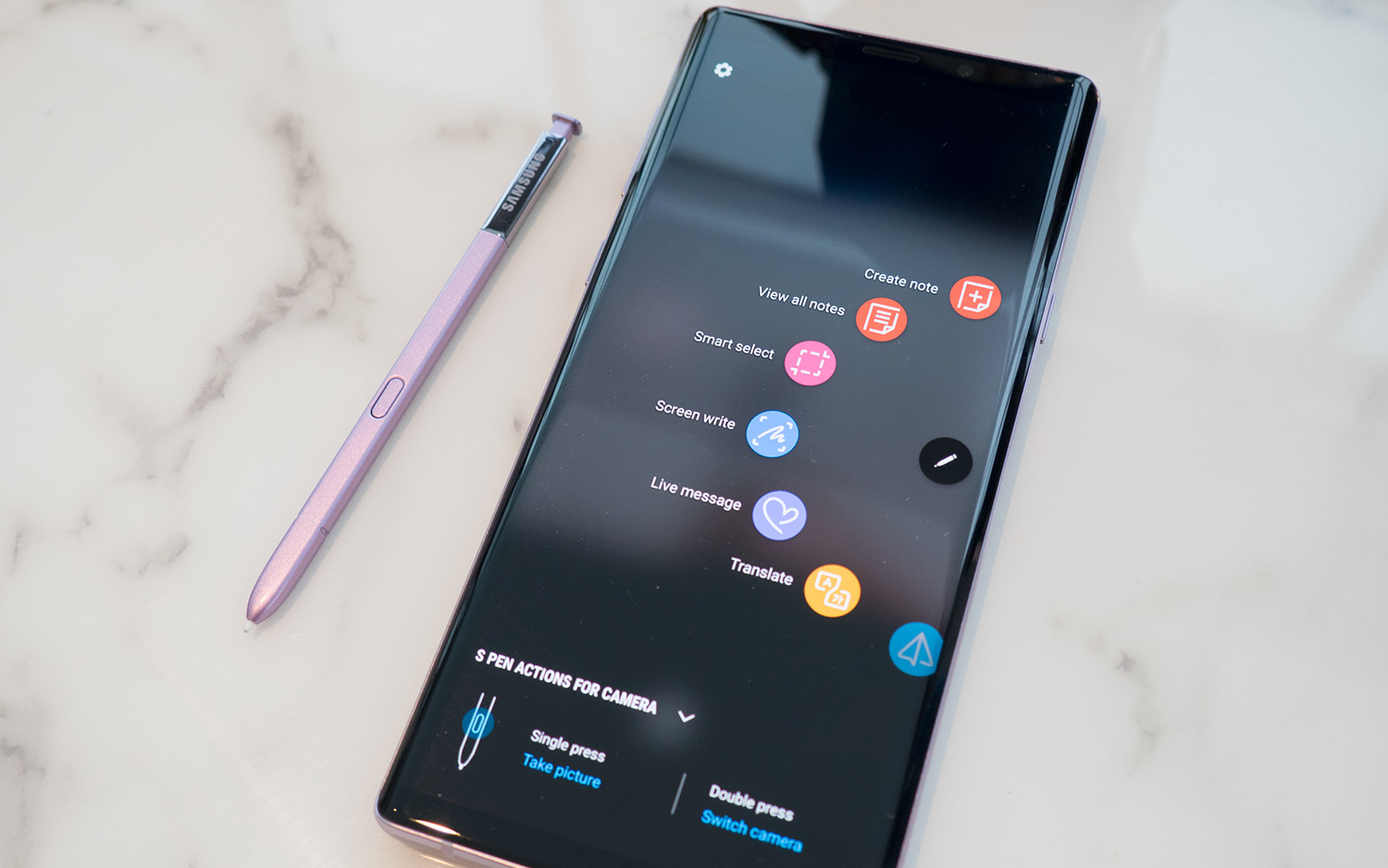
Meet the Galaxy Note 9
Samsung's $999 Galaxy Note 9 may look familiar from the outside, especially when stacked up against last year's Note 8. But this newly unveiled phablet's metal-and-glass enclosure conceals a bevy of new features — from an upgraded S Pen to a serious overhaul of the battery and cooling system, to keep the phone working harder for longer.
The Note 9 is on sale right now, and many retailers are offering freebies with the purchase of a device. If you're toying with the idea of upgrading, here are the nine headline features Samsung's range-topping handset brings to the table. For a deeper dive, check out our full review.
Photo Credit: Caitlin McGarry/Tom's Guide
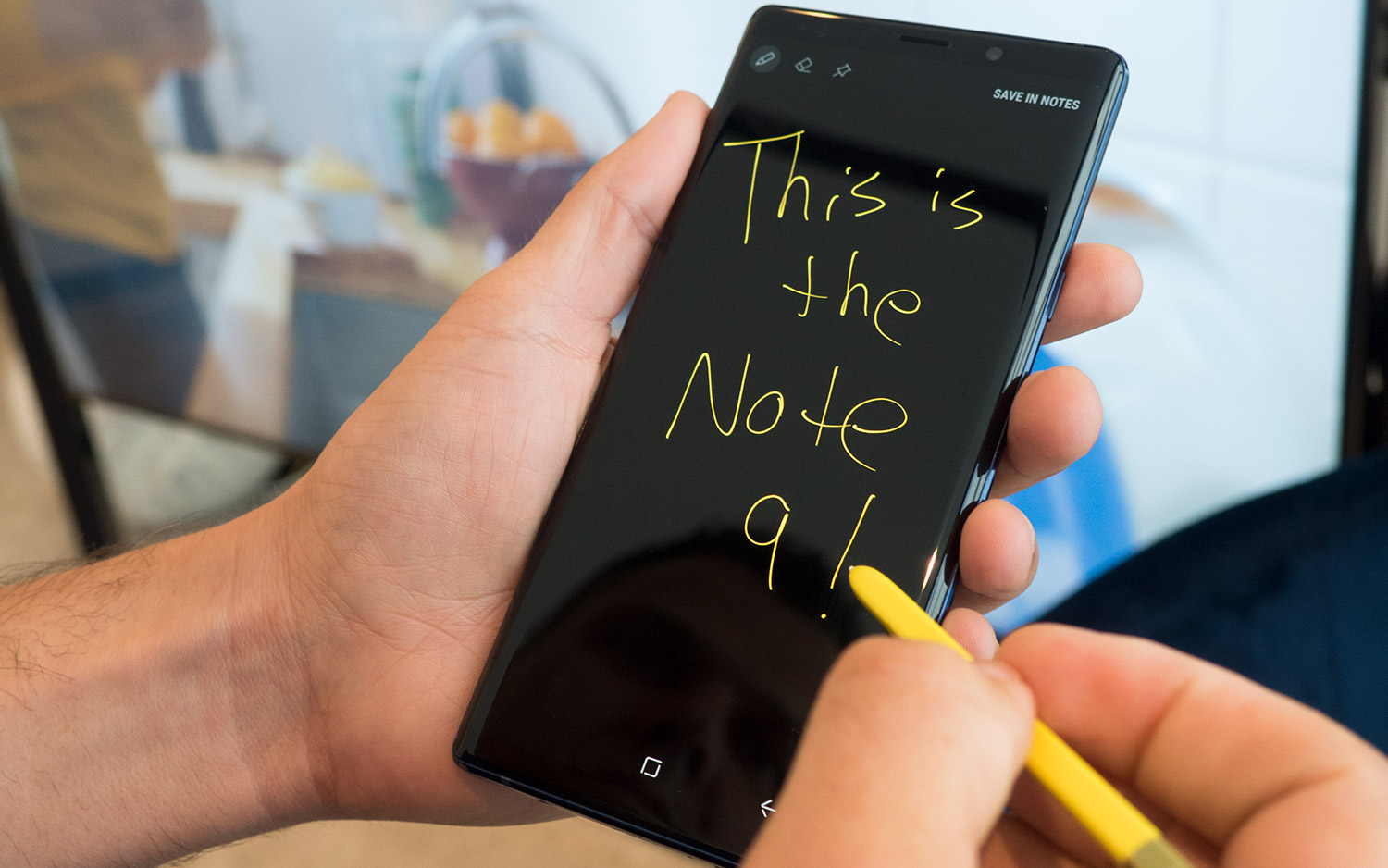
Bluetooth-enabled S Pen
The Note 9's S Pen is equipped with Bluetooth Low Energy to wirelessly communicate with the phone. Samsung has leveraged this technology to bring a number of new features.
The button on the S Pen can function as a remote shutter when you're taking photos with an external mount. If you use Samsung's DeX interface to present a slideshow, the S Pen doubles as a clicker, with the ability to change slides. There are also controls for viewing media in the built-in Gallery app, as well as videos on YouTube. And before you ask what kind of effect all that functionality could have on the S Pen's tiny battery, know that the stylus' supercapacitor charges in just 40 seconds inside the phone, allowing you to use it for 30 minutes before needing to top it off again.
Photo Credit: Caitlin McGarry/Tom's Guide
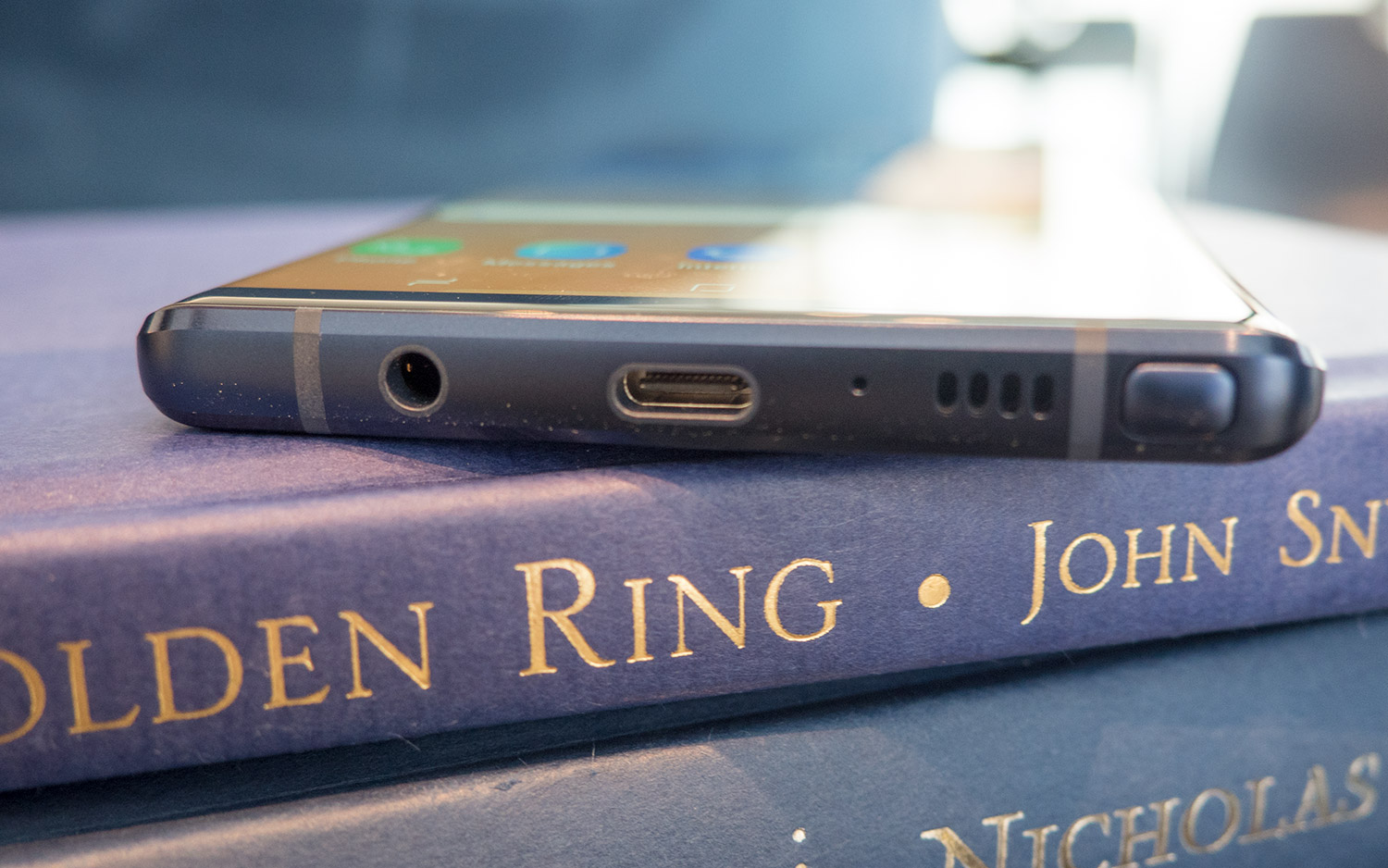
Note's largest battery ever
Last year's Galaxy Note 8 took a step back in battery size to 3,300 mAh, from the Note 7's 3,500-mAh capacity. (You can imagine why after Samsung was forced to recall the Note 7.) However, Samsung is once again confident in its ability to maximize battery life without compromising safety, as the Note 9 has a massive, 4,000-mAh power pack.
We're expecting a significant improvement in longevity to go with the increase. The Note 8 lasted 11 hours and 11 minutes in our battery test, where we stream websites endlessly on T-Mobile LTE until the phone runs out of juice. That's fine, but the Note 8 was easily outperformed by competitors, including the Google Pixel 2 XL, which lasted 12 hours, and the Huawei Mate 10 Pro, with its astonishing 14:39 result. Samsung is touting all-day battery life this time around, so we're excited to put it through its paces.
Photo Credit: Caitlin McGarry/Tom's Guide

Water carbon cooling
A powerful phone is typically a hot one, so fortunately, Samsung says it found an ingenious way to keep the Note 9 cool in stressful situations. This year's phablet includes a technology Samsung calls water carbon cooling, which is designed to reduce overheating by as much as 21 percent during graphics-intensive games, like the Android port of Fortnite.
While the Note 9's Snapdragon 845 chipset is indeed very powerful, high temperatures always bottleneck performance, especially in mobile devices. With the help of Samsung's liquid cooling tech, we expected the Note 9 to deliver better responsiveness for longer amounts of time than similar Android flagships. However, our heat stress testing showed that the latest Note couldn't stay appreciably cooler or run faster than its predecessor or the Galaxy S9+ in similar conditions. In other words, we're not totally sold on the effectiveness of the system; nevertheless, it's comforting to know that a little extra consideration was taken toward preventing overheating.
Photo Credit: Caitlin McGarry/Tom's Guide
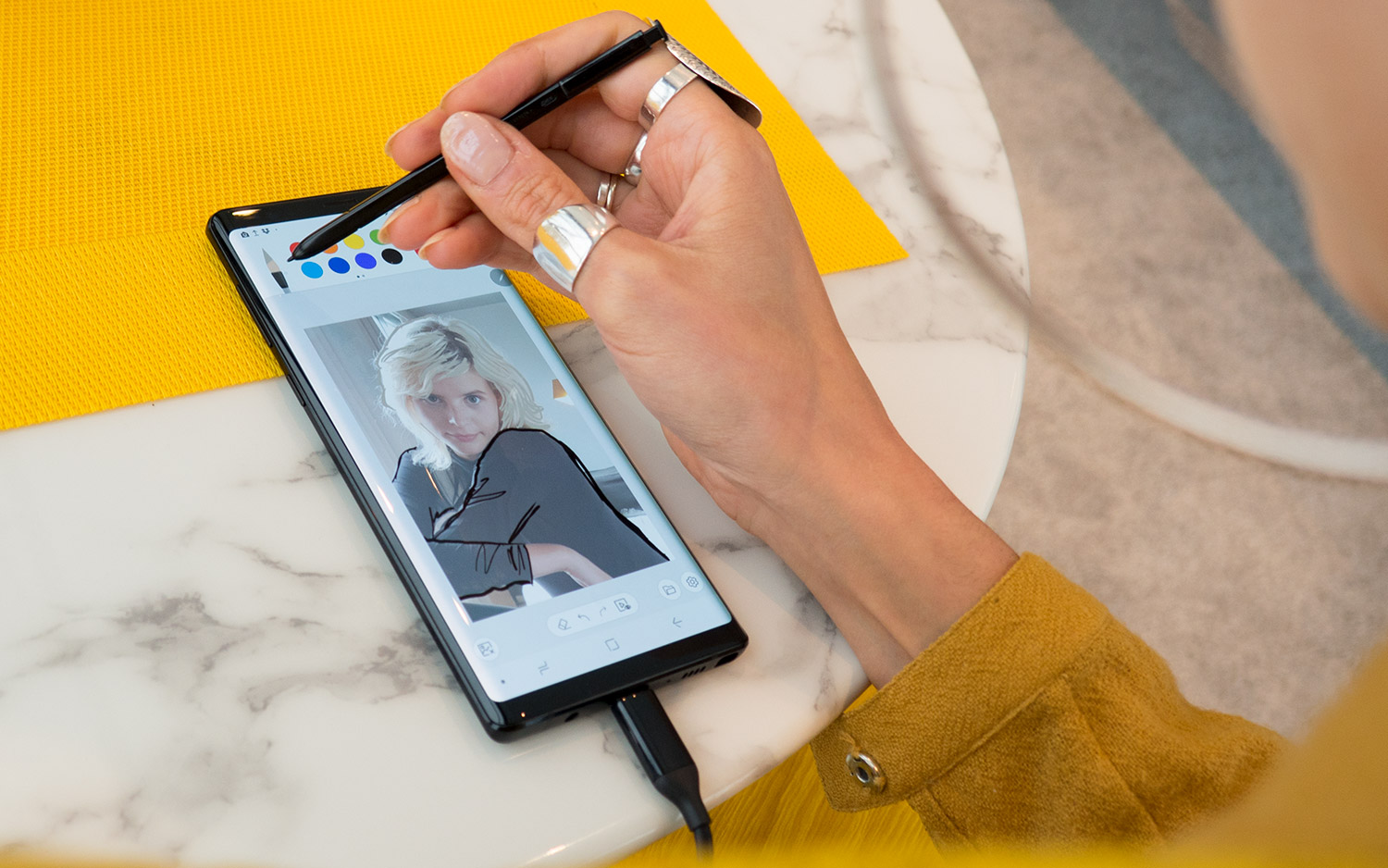
Double the storage, standard
Rather than forcing you to spend extra money on increased storage, Samsung has included 128GB by default on the $999 Note 9 — double what the base model of the Note 8 offered. And those who prefer even more built-in space for media and apps can spring for the $1,249 512GB option. The Note 9 also features a microSD slot for expandability, so users are never limited by the storage that came with their phone.
Photo Credit: Caitlin McGarry/Tom's Guide
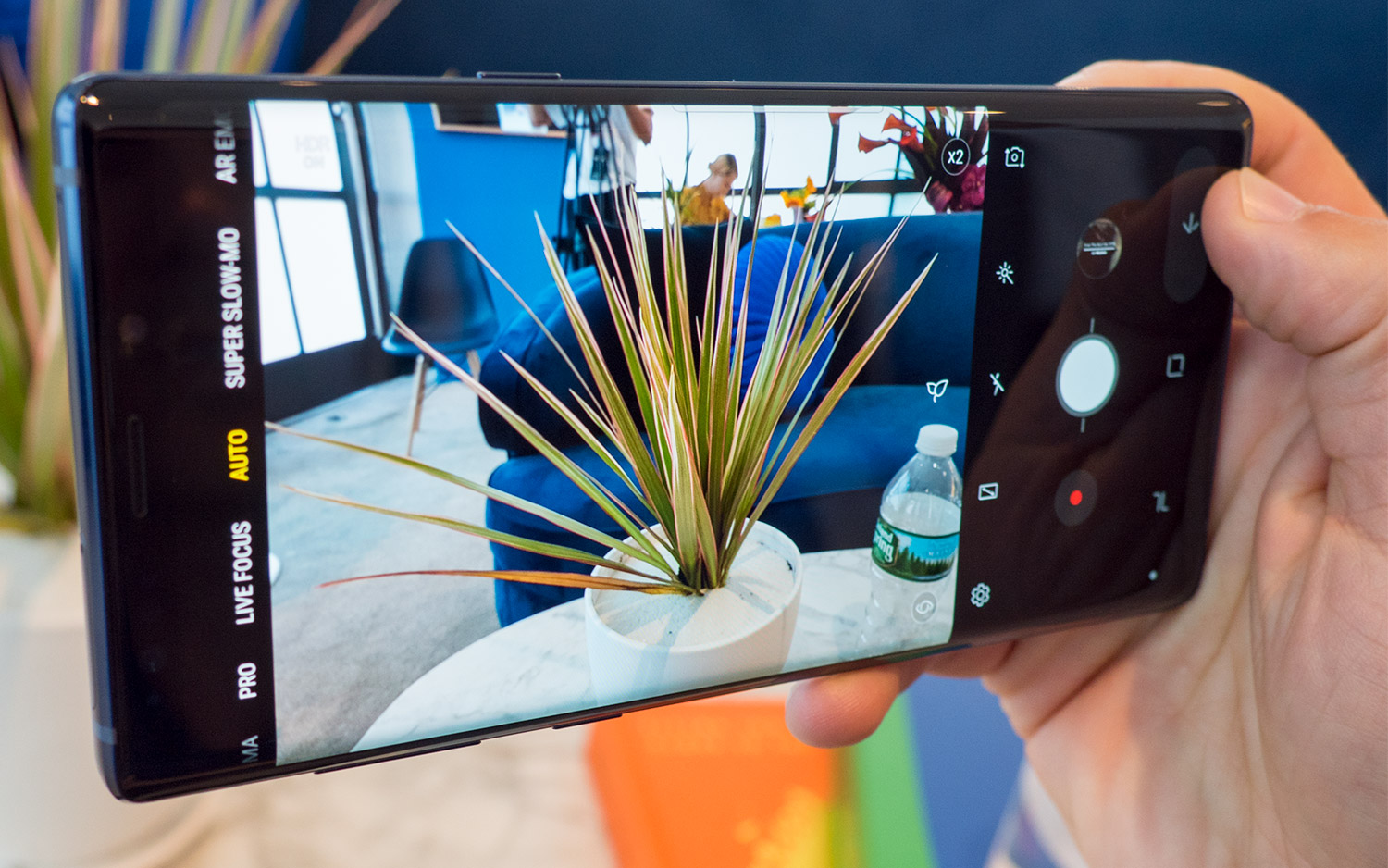
Scene-optimizing AI cameras
Physically speaking, the Note 9 borrows the same multi-aperture, 12-megapixel, dual-lens cameras that produced fantastic low-light shots on the Galaxy S9+. However, the Note 9 one-ups Samsung's previous efforts with artificial intelligence that optimizes shots depending on the scene.
Of course, Samsung is not the first phone maker to use AI in such a way; Huawei and LG have done the same on their leading flagship phones, with varying results. The Note 9's implementation identifies scenarios based on 20 categories, including sunsets, text and night scenes. It then applies tweaks to parameters like contrast, saturation and exposure, to balance out tones and get the most out of every photo op. In our extensive camera comparison, we found that Samsung's Scene Optimizer software was particularly skilled at squeezing more light out of dim environments.
Photo Credit: Caitlin McGarry/Tom's Guide
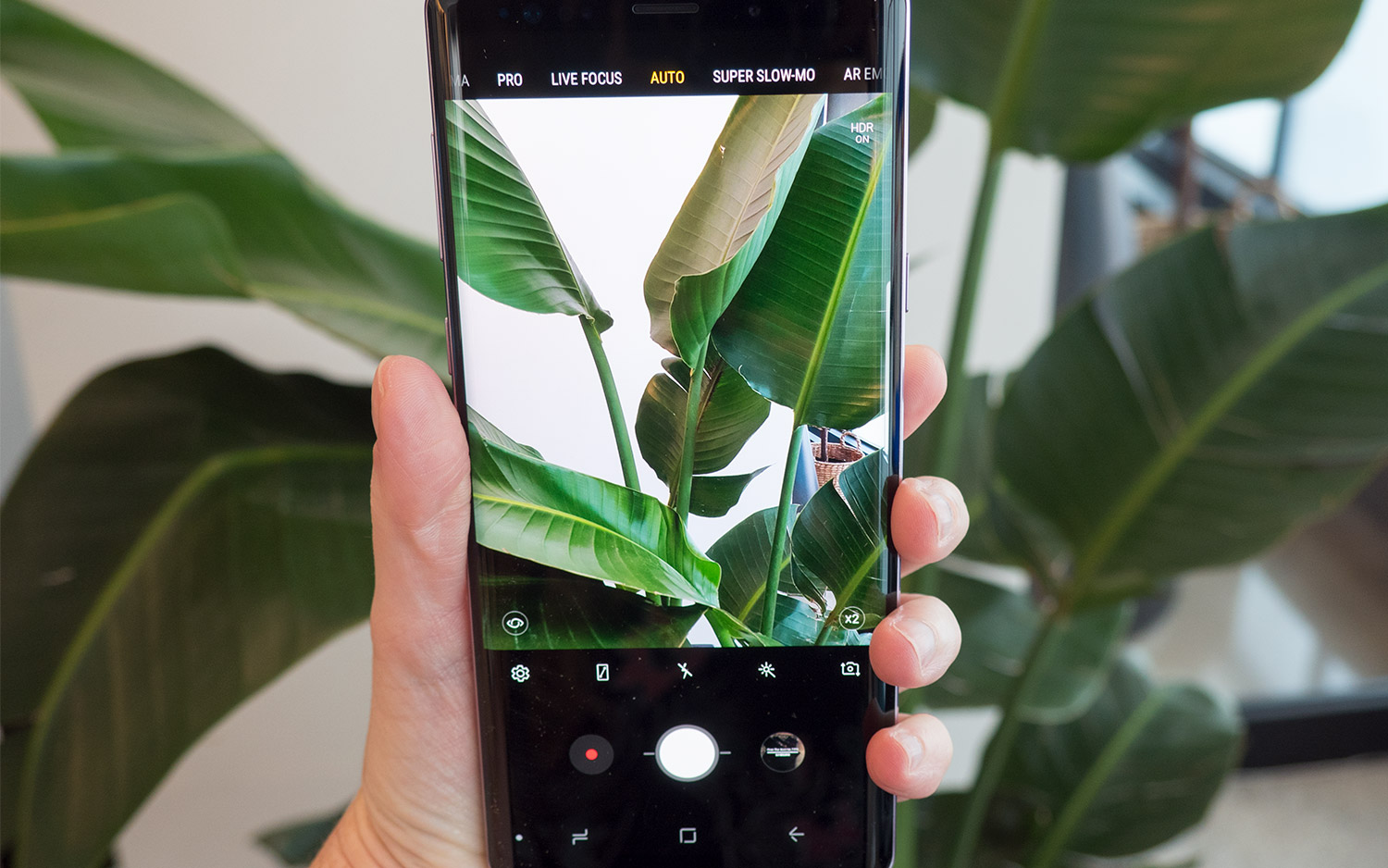
Flaw Detection for better photos
The best smartphone camera in the world won't do you much good if your subjects are uncooperative. That's why Samsung has given the Note 9's camera app a Flaw Detection capability that highlights issues with your shots right after you take them. If the phone's AI notices anything not quite right in the frame, it'll suggest you try again.
What kinds of flaws are we talking about? The Note 9 knows when a person in your photo has blinked or a smudge on the camera lens has produced a blurry image. It can call out shaky shots and will recommend you try to hold your device a little steadier next time. And if a scene's backlighting is too strong, the Note 9 will propose that you find a different location from which to snap the picture.
Photo Credit: Caitlin McGarry/Tom's Guide
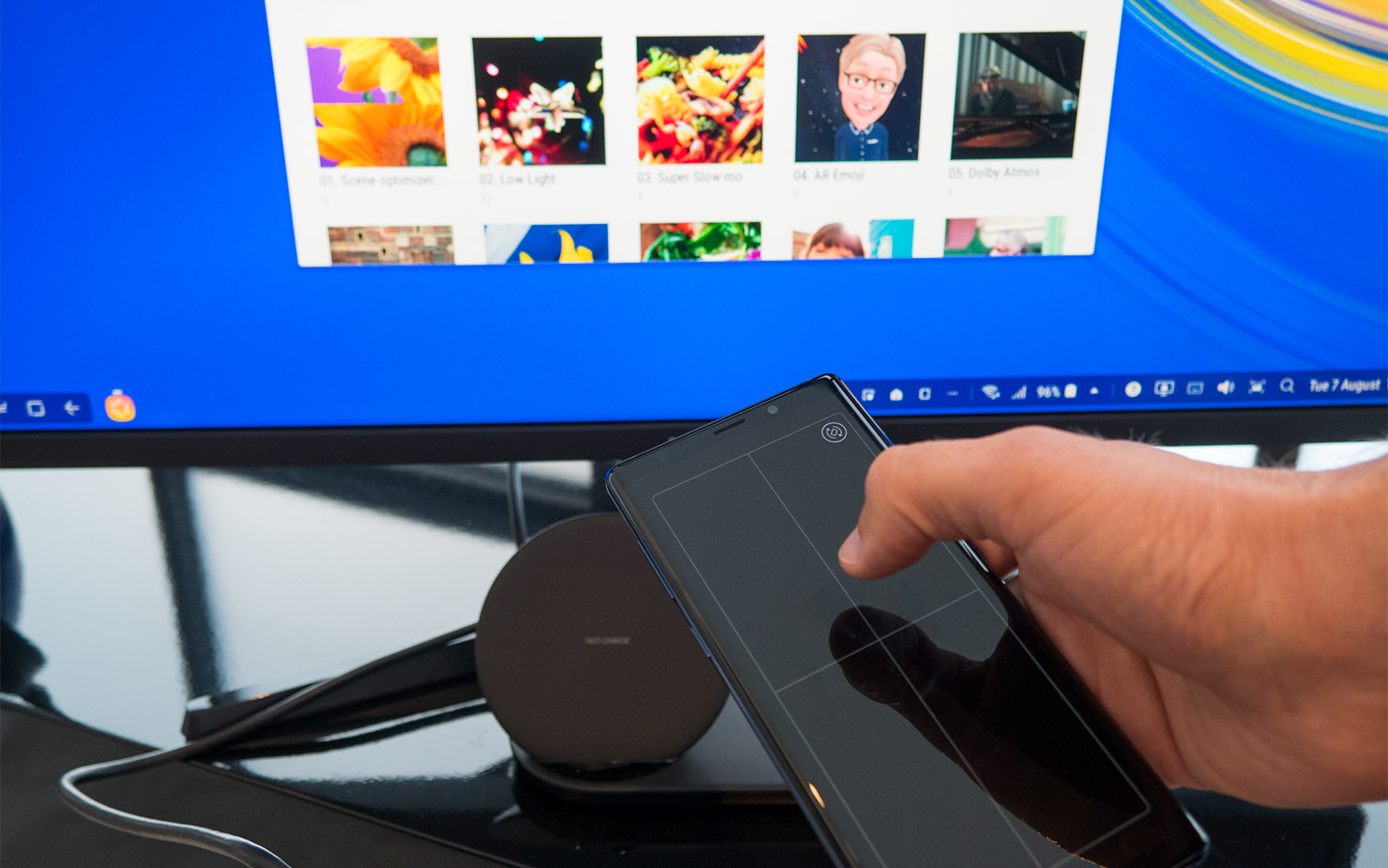
DeX without the dock
Previous Samsung flagships have offered compatibility with accessories like the DeX Station and DeX Pad — docks for Galaxy S and Note phones that turn them into makeshift desktop computers when connected to external displays. However, Samsung's DeX products cost extra — both the Station and the Pad sell for around $69 each — and competitors like Huawei have enabled DeX-like features with the simple use of an HDMI-to-USB-Type-C cable.
Fortunately, that's exactly what Samsung's done with the Note 9. All you need is a typical HDMI adapter, and the new phone will deliver exactly the same desktop-class experience DeX users already enjoy. The Note 9's touch screen can also function as a trackpad or drawing surface when powering another screen, which should make it an excellent all-in-one solution in a pinch.
Photo Credit: Caitlin McGarry/Tom's Guide
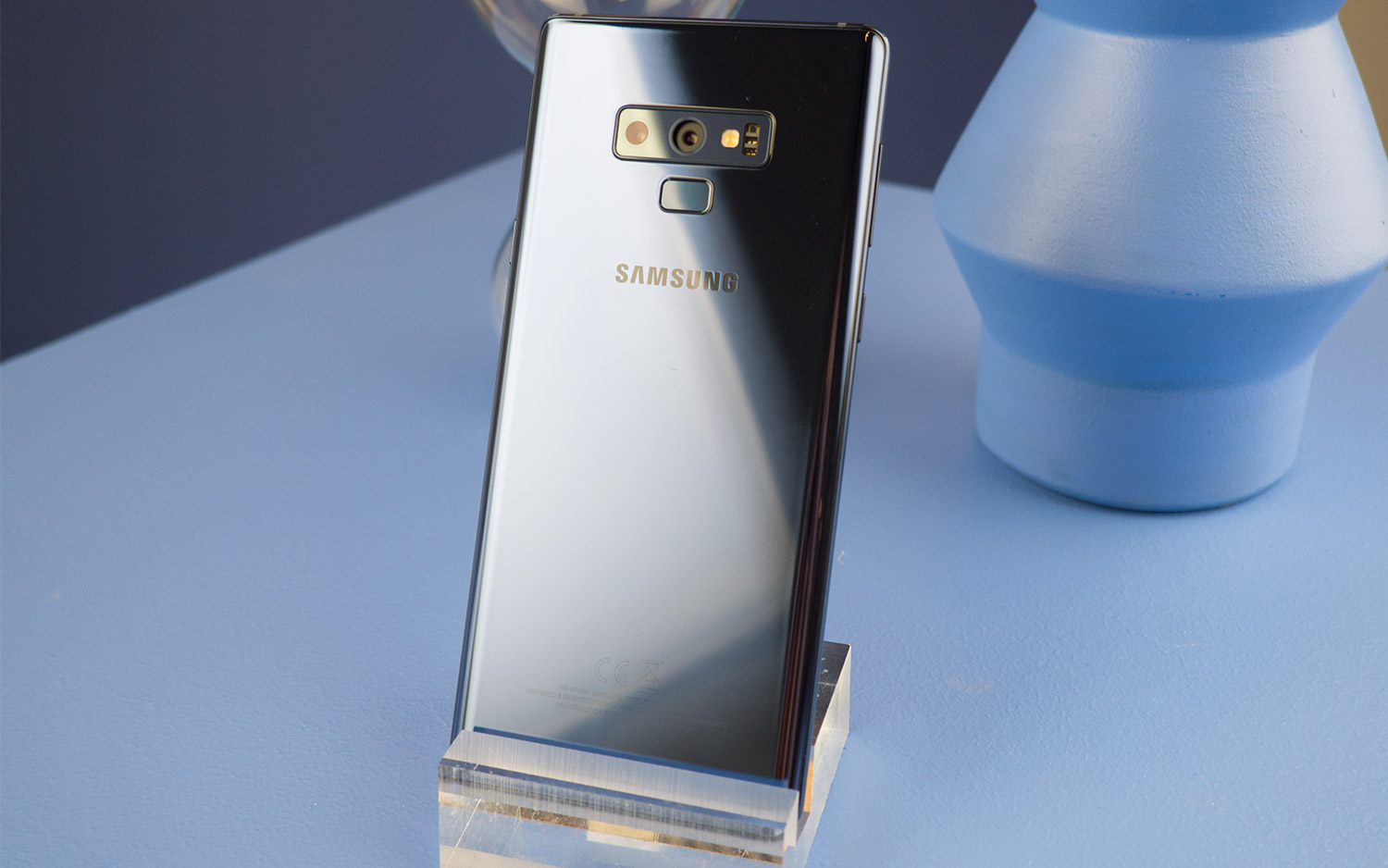
Bold new colors
This is less of a feature, but it's cool nonetheless. Samsung has been experimenting with some interesting color choices on its latest phones. For example, the Galaxy S9 gained a Sunrise Gold variant, joining Coral Blue, Lilac Purple and Midnight Black among the available colors.
The Note 9 follows in those footsteps with a darker Ocean Blue colorway that comes with a yellow S Pen. It's a bold combination that pairs together really well, though there's also a Lavender Purple option with an identically colored stylus. Rounding out the selection are Metallic Copper and Midnight Black, though those will only be available in certain markets (at least initially).
Photo Credit: Caitlin McGarry/Tom's Guide
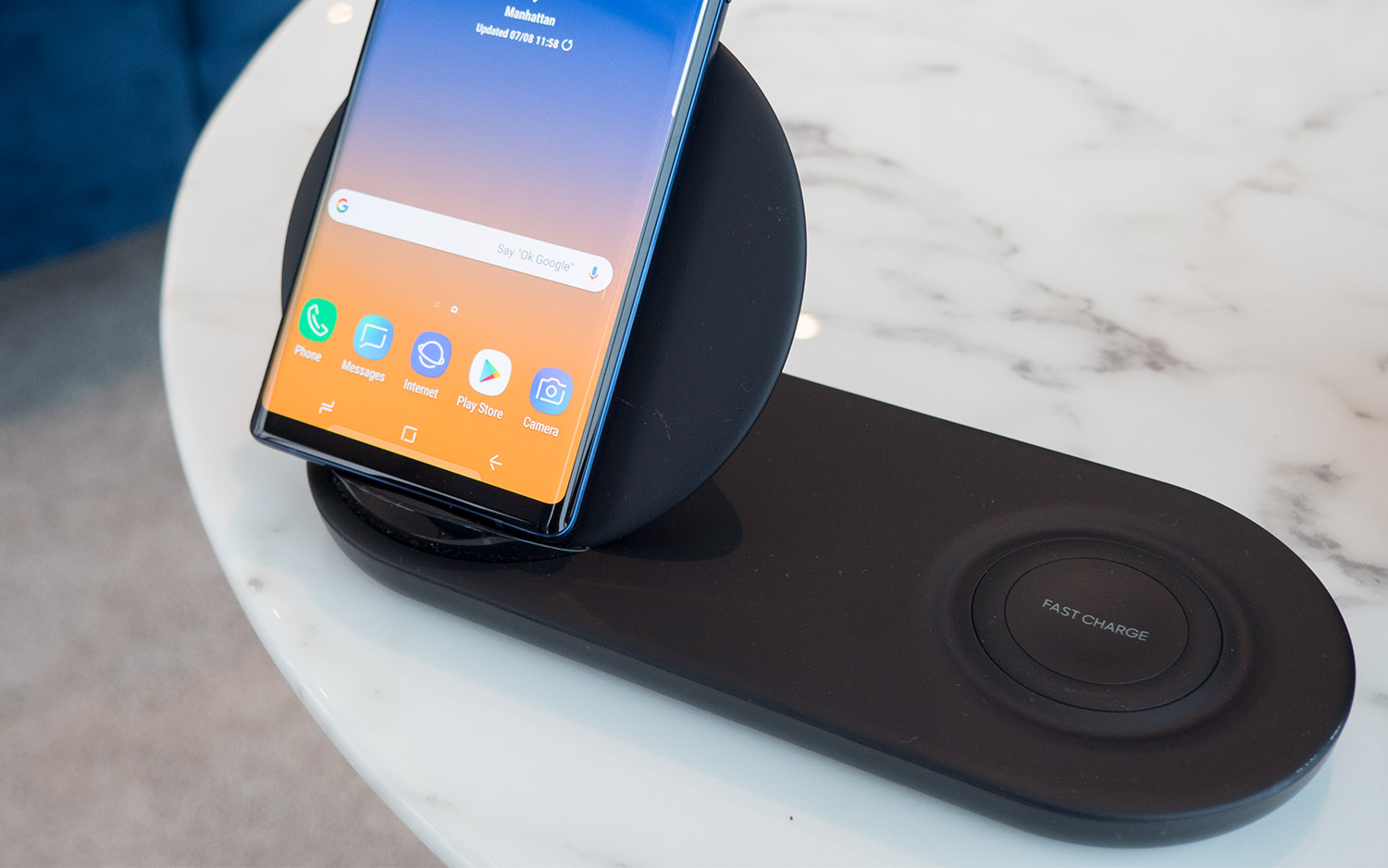
A wireless charging hub
iPhone users are still waiting for the AirPower charging pad that Apple promised last fall, but Samsung is launching its own hub for the Note 9 in advance of the phablet's release.
Called the Wireless Charging Duo, Samsung's dock can replenish phones like the Note 9 (as well as earlier Galaxy handsets that support inductive charging) alongside Gear smartwatches at the same time. The Wireless Charging Duo also props the Note 9 up at an angle so that you can still unlock the device using Samsung's Intelligent Scan authentication. That makes the accessory a great bed- or desk-side companion, and, like the phone, it's available now.
Photo Credit: Caitlin McGarry/Tom's Guide
Adam Ismail is a staff writer at Jalopnik and previously worked on Tom's Guide covering smartphones, car tech and gaming. His love for all things mobile began with the original Motorola Droid; since then he’s owned a variety of Android and iOS-powered handsets, refusing to stay loyal to one platform. His work has also appeared on Digital Trends and GTPlanet. When he’s not fiddling with the latest devices, he’s at an indie pop show, recording a podcast or playing Sega Dreamcast.
-
u2haveaniceday I'm just here to thank Mark,Caitlyn,Adam,Philip for awesome work and advice specs etc really enjoyed all the information on the Note 9 love how you guys take your time testing and come back again keep up Awesome work DebReply
